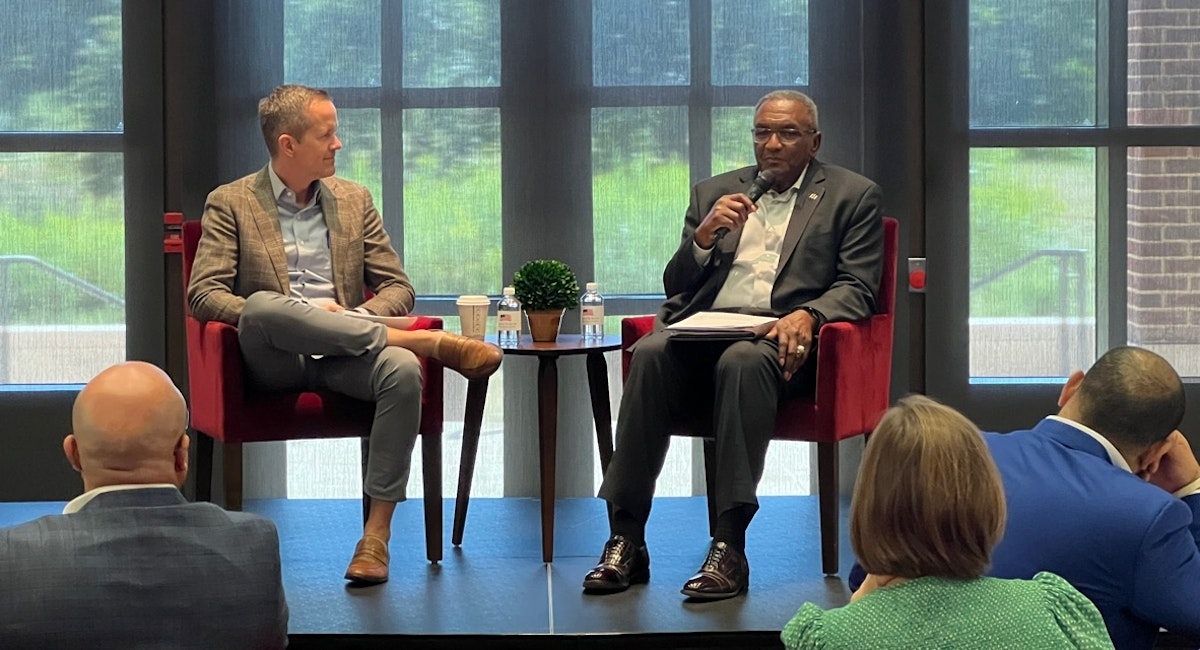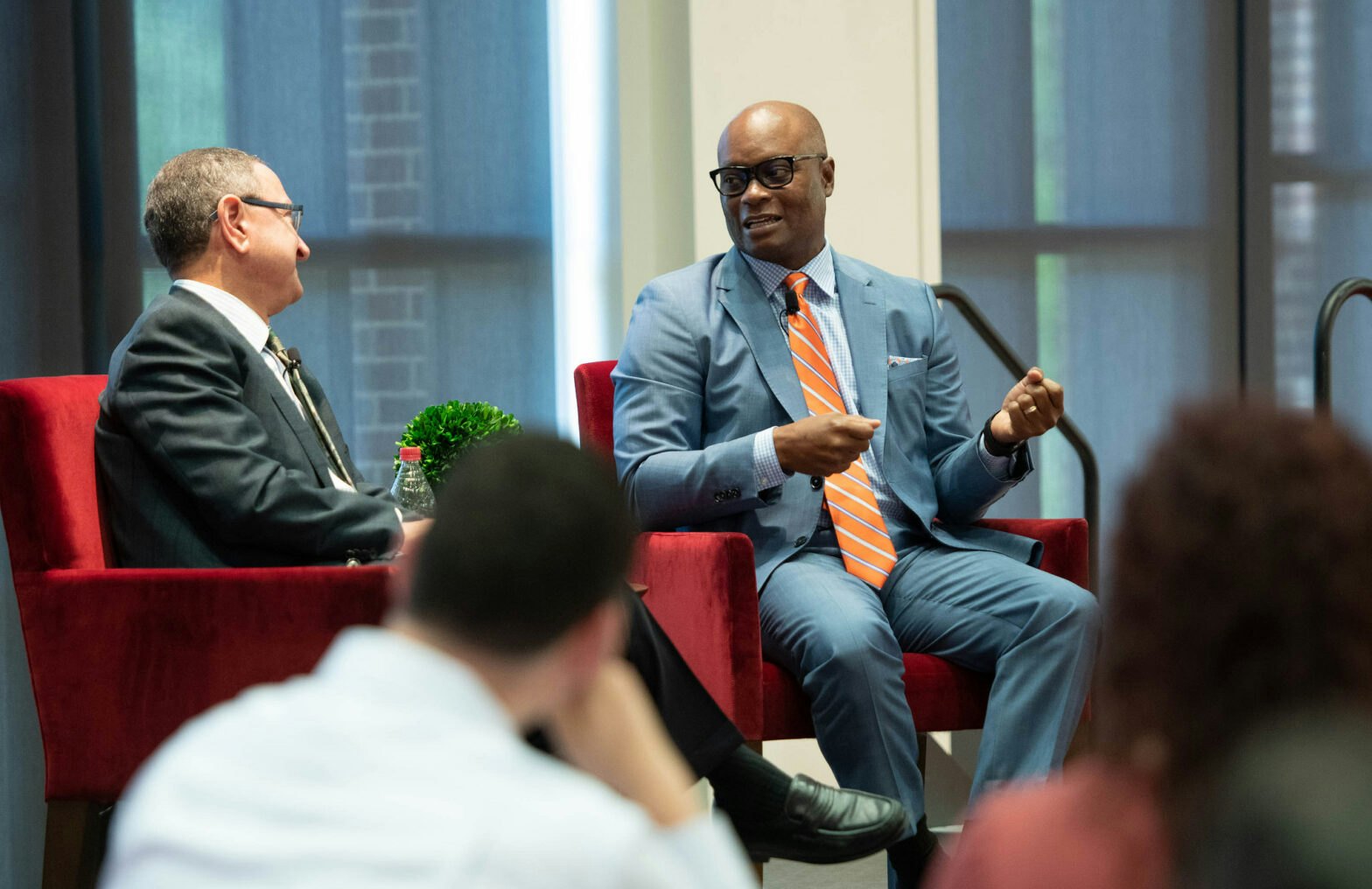In interviews for the Bush Institute’s new book, Listening to Leaders, leaders from the worlds of politics, military, business, and education emphasized how effective leadership today requires building support for a vision and a set of values from the ground up.
In the middle years of the last century, when a coterie of military leaders and emerging corporations characterized the American culture, leadership often was associated with orders flowing from the top down to the G.I.s., the shop floor, or even the football field. Some of the hierarchy was natural as major businesses were coming into their own while war-weary Americans were just happy to have peace and prosperity after defeating a brutal fascism.
Today, the leadership paradigm has changed to keep pace with a changing culture. A more restless America has workers moving from job to job and career to career. Five years on a job may seem like an eternity for mobile Americans, especially Gen Xers and millennials. The days of The Organization Man are over or at least in abeyance. So, too, is ruling with an iron fist – if you expect long-lasting, positive results.
Effective leadership today requires leaders to build support for their vision and values from the ground up. Not that someone at the top doesn’t need to make the final call. But leaders need to secure buy-in for those decisions through showing empathy with those under their command, leading with an authentic humility, creating strong relationships, listening to those they seek to lead, and communicating their values and vision effectively. And, yes, this kind of leadership may require those at the top to change course or pursue different strategies.
This paradigm shift is the major takeaway from a series of interviews Bush Institute colleagues and I recently completed with leaders from the worlds of politics, military, business, and education. Independently of each other, they kept coming back to these points in Listening to Leaders.
If leaders want to succeed today, they need an approach that fits the culture. A command-and-control model, where the guiding principle is “do this because I told you to do this,” is not likely to work.
Instead, listening to different points of view is seen as essential to coming up with the best plan. Lyla Kohistany, an Afghan immigrant who served six years in the U.S. Navy as a naval surface warfare and intelligence officer, put it this way: “If you are a confident leader, you don’t take people questioning you as disrespectful. You look at it as bringing cognitive diversity to the table to create a better solution.”
Many of us can likely think back to jobs where employees were expected to wait for orders and then carry them out. Or we may recall a fire-breathing coach who simply yelled and barked at players. I certainly saw those in action.
But Michael Crow, president of Arizona State University, calls out this approach as anything but leadership. “Leaders who build their leadership around just their own feelings or desires are generally not leaders,” he told my Bush Institute colleague Anne Wicks and me. “Having your own view is not leadership at all. Leadership is knowing where you want to go based on an empathetic understanding of others.”
To be sure, not all of this approach is new. Historian Ronald White, author of acclaimed biographies of Abraham Lincoln and Ulysses S. Grant, contends in Listening to Leaders that those two presidents became successful leaders through knowing how to listen to others, learning from their defeats, and combining principle with pragmatism.
Still, this style of leadership is at least back in demand. Words like “humility,” “self-awareness,” “listening,” trusting,” and “relating” were common throughout our interviews.
So, too, was the importance of a leader having a compelling vision and an abiding set of values. Most of the leaders said that you need to have developed a set of values long before you occupy an office or lead a group. It’s too late if you don’t have a strong value system by then. In fact, your values need to start forming in your early years.
But even the discussion of values and vision carried with it a recognition that they only go so far if people are not being persuaded about their importance. Drawing upon his study of history, Ron White offered one more thought: “Great leadership is offering a compelling vision and inviting others to see their significant roles in bringing that vision to fruition in the lives of people.”
In other words, you have to involve those you seek to lead. You can’t lead without others seeing how their roles fit into the larger mission. This is the new reality for leaders to heed.






























